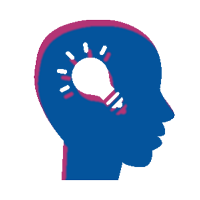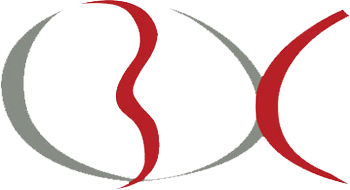Newspapers say that a man vaccinated with double dose contracted the South African Covid-19, promptly called Omicron by WHO, and then infected his family and close relatives with whom he had been in contact. The Italian Istituto Superiore di Sanità (ISS) declares that the effectiveness of the vaccine drops from 72% to 40% after six months but one is still protected from a serious illness. It follows that the vaccine protects against serious forms of Covid-19 desease, even if there are vaccineted people who die, among the most famous, for example, former US secretary of state Collin Powell. However, some say these cases are a minimal irrelevant percentage.
If the above is true, a large slice of the vaccinated population that has not received the booster or has yet to do so can be a vehicle for contagion, as well as the unvaccinated. The infections have started to grow again, although in Italy in a limited way, but in any case the health authorities must keep the alert alive. In view of an increase in infections, the government has set up particularly heavy restrictive measures against the unvaccinated in the hypothesis that they are the major spreaders of the virus. However, as previously mentioned, the spread of the virus does not occur only by non-vaccinated people but also by vaccinated people whose protection against the virus, as the health authorities themselves recognize, is limited in time.
The government rightly provides restrictions for the unvaccinated but also underestimates the hypothesis that the vaccinated can be a vehicle of contagion. And instead prefers a smear campaign against the unvaccinated, creating, perhaps involuntarily, the so-called “scapegoat”, which is nothing more than an organizational mechanism with which whoever governs any collective body discharges the responsibility of a phenomenon onto a group or individual who are unable to defend themselves adequately or do not have sufficient media coverage to communicate their idea.
A scapegoat was a goat used in ancient times during a Jewish rits when they asked for the forgiveness of their sins in the Temple of Jerusalem. The name derives from the Hebrew rite performed on the day of atonement (kippur), when the high priest loaded all the sins of the people onto a goat and then sent it away into the desert. The rite is described by the Bible in Leviticus and the Talmud.
In a figurative sense, a scapegoat is (individual, group, organization, etc.) held responsible for collective faults of which he is totally or partially innocent. The rite in other forms is still repeated today, when a community frees its conscience by discharging all the blame on a well-identified group that is accused of producing consequences that can only be partially attributed to it. This is the strength of the rituals that are still carried out today and that come from an ancestral past and that, even if “unconsciously”, dominate our rationality.
The use of the scapegoat is particularly devastating in politics because the blame is usually attributed to a minority group, which have difficulty to defend itself against the accusations. A tactic often employed is to characterize an entire group of individuals for the unethical or immoral conduct of a small number of members of that group. Among the subjects used as scapegoats throughout history we find for example black people, immigrants and so on the scapegoat is an important propaganda tool: for example, Jews were identified by Nazi propaganda as responsible for Germany’s political collapse and economic problems.
In these very troubled times, it would be worth reading an essay on the sociology of organizations to analyze the political use of the scapegoat and the devastating effects it can have. Now dated but very topical is Giuseppe Bonazzi’s “Guilt and Power” in which it is said that the scapegoat is an expression of the crisis of power within complex organizations.
In short, the government instead of also setting up restrictive measures against vaccinated people, from whom it cannot ask for more, prefers to find a scapegoat and washes its hands by discharging all responsibility. Meanwhile, if the cases of contagion increase, this fact cannot be attributed only to the unvaccinated but to some extent also to the vaccinated and their behaviors that perhaps due to excessive safety, induced by the government and health authorities for excessive trust in the vaccine, do not respect all the rules to avoid contagions. This is a weak point of the government’s strategy that risks the creation of the scapegoat to compromise the effectiveness of the measures against Covid-19 and damage the vaccinated and unvaccinated.
Mutual trust is undermined as an important element of social cohesion. This is demonstrated not only by the manifestations of the unvaccinated but also by those proposed by the vaccinated. Trust in institutions and trust among citizens themselves is the fundamental tool on which a State ruled by ruled is built. When this trust fails, fractures are often created that are difficult to recompose and are destined to last over time.
Creating a scapegoat is something that can be disruptive. Therefore, the government should put p balanced measures in place such as preserving the effectiveness of the state’s action and trust in the institutions and among the citizens themselves. All this is to avoid dangerous fractures that can tear apart social relations and crack the democratic order that we all consider a Common Wealfare for the survival of the national community.
Tags: Covid-19





